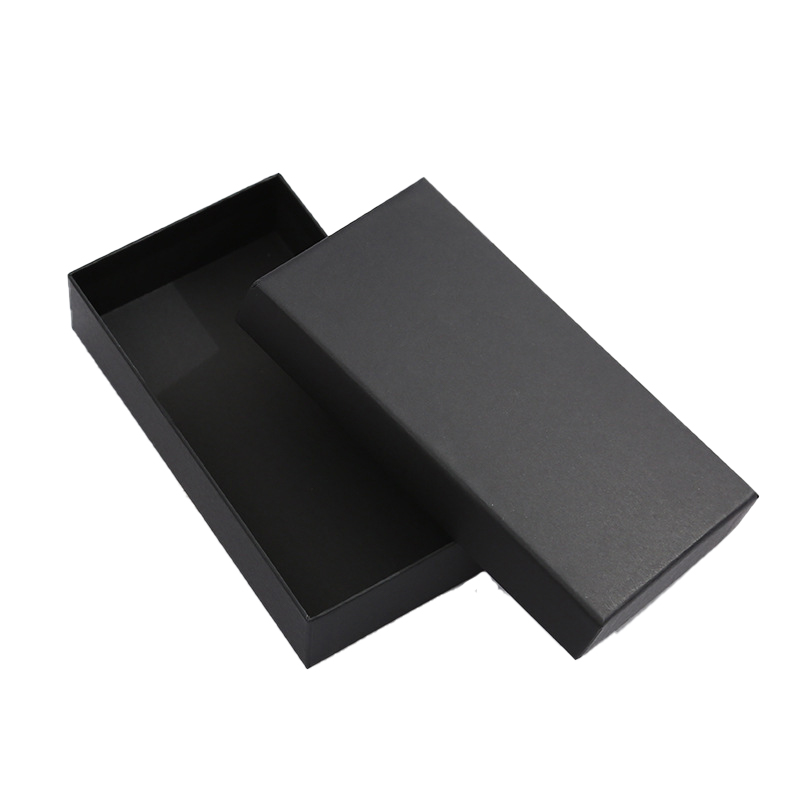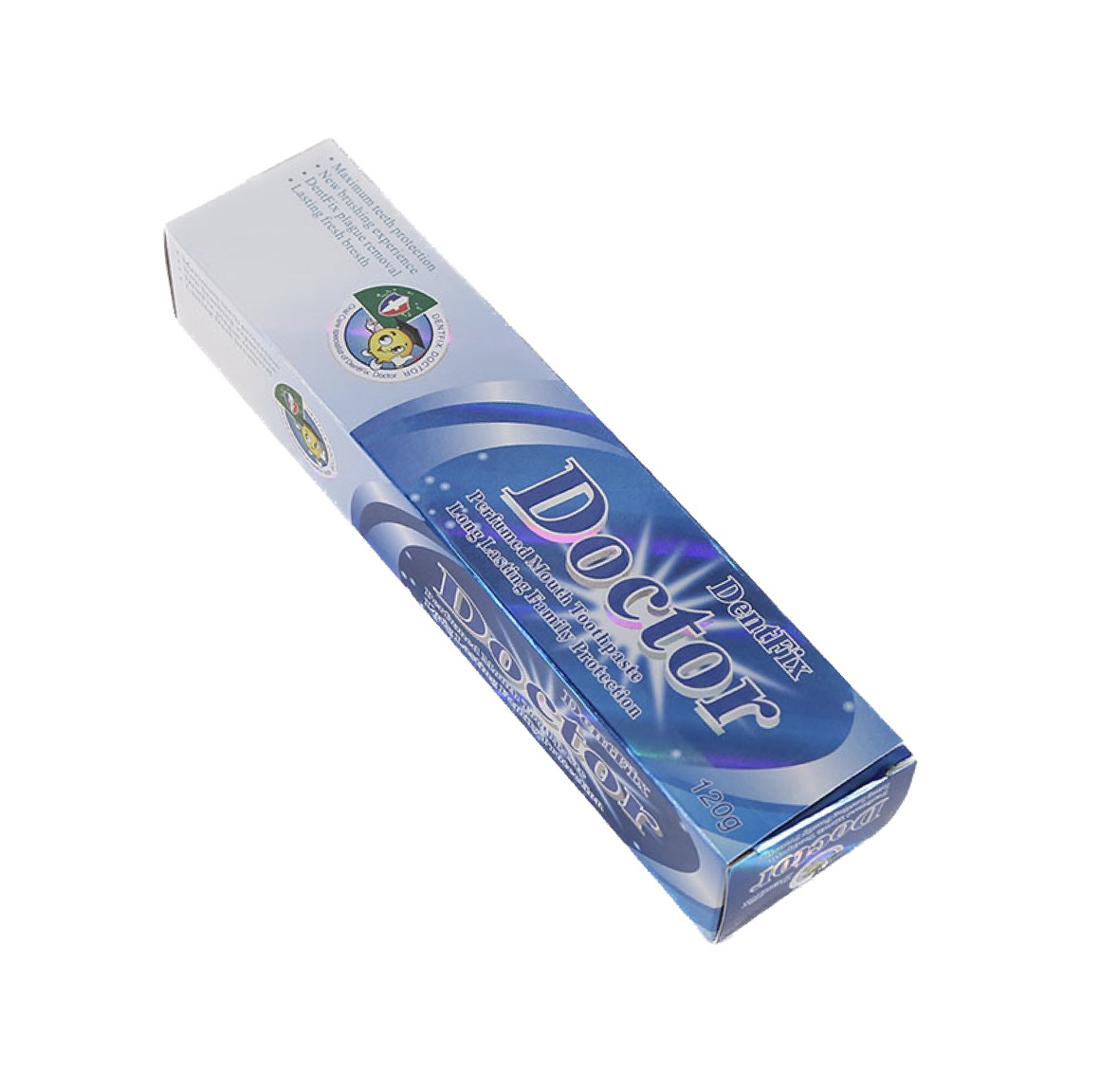Four color printing is usually composed of four colors: "C" (cyan), "M" (magenta), "Y" (yellow), and "K" (black), also known as the CMYK mode. The treatment of black is very important in four-color printing, as black not only appears as a single color, but also mixes with the other three colors to produce some shadow effects.
In four-color printing, the treatment of black may vary depending on the specific situation. The following are some common treatment methods:

1. Single black printing: For pure black text or graphics, single black (K100) can be used for printing. Single black printing can ensure the purity and contrast of black.
2. Add other colors: As needed, you can add an appropriate amount of other colors to black, such as cyan (C), magenta (M), or yellow (Y), to achieve different black effects. For example, adding a certain amount of cyan can make black look cooler and bluer.
3. Adjust color value: By adjusting the color value of black, the depth and color tone of black can be changed. For example, the color value of black can be reduced to obtain a lighter black, or the color value of black can be increased to obtain a richer black.
4. Use high-quality paper: When printing large areas of black, using high-quality paper can reduce the absorption of ink by the paper, thereby achieving better printing results. Meanwhile, good paper can also reduce the occurrence of dirty plates.
5. Pay attention to anti white characters and lines: If there are anti white characters or lines on a black background, it is necessary to pay attention to their clarity and readability. You can increase the font size or line thickness appropriately, or choose a font with thicker strokes.
6. Consider overprinting: For situations where white exposure needs to be avoided, overprinting can be used to handle black. When designing, overlaying black with other colors can reduce the exposure of white caused by inaccurate overprinting.
7. Communicate with the printing master: It is important to maintain good communication with the printing master. They can provide more specific suggestions and adjustment plans based on actual printing conditions and experience to ensure that the final printing effect meets expectations.
In summary, handling black in four-color printing requires adjustments and optimization based on specific circumstances, while maintaining communication with the printing master to achieve the best printing effect.
In four color printing, when overlapping black with other colors, attention should be paid to the following details:

Ink viscosity: The viscosity of ink has a significant impact on the wet overlay effect. Ink with high viscosity has a high cohesive force in the ink layer, and the subsequent ink may stick away the initial ink, resulting in "reverse overprinting" and color mixing. Therefore, controlling the viscosity of ink is crucial.
Printing pressure: Printing pressure plays an important role in ink transfer. Excessive or insufficient pressure can lead to a decrease in print quality. Excessive pressure can also cause distortion of graphics and text, ink accumulation, paper fuzzing, and other malfunctions. Insufficient pressure may also result in incomplete ink transfer, inaccurate dots, and other issues.
Printing speed: Printing speed can affect ink transfer. Excessive speed may exacerbate the phenomenon of white overprinting, so in actual production, it is necessary to control other factors to compensate for the impact of high printing speed on overprinting quality.
Ink film thickness and color sequence: Printing in the order of increasing ink film thickness is beneficial for improving the stacking effect of multi-color printed products. Printing with high brightness ink can make the entire picture vibrant and bright in color; The ink with the lowest concentration and thicker color used as the outline of the image should be printed later.
• Overlay time interval: When performing two-color printing, it is necessary to control the drying time of the first color to avoid a time interval that is too long or too short, which may cause the subsequent ink to not adhere to the first ink or dry stacking cannot be completed well.
Surface performance of paper: The ink absorption of paper can affect the drying speed and printing effect of ink, and printing parameters need to be adjusted according to the properties of the paper.
In summary, in four color printing, when black is overlapped with other colors, it is necessary to comprehensively consider factors such as ink viscosity, printing pressure, printing speed, ink film thickness and color sequence, overlapping time interval, and paper surface performance to achieve the best printing effect. At the same time, it is important to maintain good communication with the printing master and make adjustments and optimizations according to the actual situation.
 English
English  Español
Español  Português
Português  русский
русский  Français
Français  日本語
日本語  Deutsch
Deutsch  tiếng Việt
tiếng Việt  Italiano
Italiano  Nederlands
Nederlands  ภาษาไทย
ภาษาไทย  Polski
Polski  한국어
한국어  Svenska
Svenska  magyar
magyar  Malay
Malay  বাংলা ভাষার
বাংলা ভাষার  Dansk
Dansk  Suomi
Suomi  हिन्दी
हिन्दी  Pilipino
Pilipino  Türkçe
Türkçe  Gaeilge
Gaeilge  العربية
العربية  Indonesia
Indonesia  Norsk
Norsk  تمل
تمل  český
český  ελληνικά
ελληνικά  український
український  Javanese
Javanese  فارسی
فارسی  தமிழ்
தமிழ்  తెలుగు
తెలుగు  नेपाली
नेपाली  Burmese
Burmese  български
български  ລາວ
ລາວ  Latine
Latine  Қазақша
Қазақша  Euskal
Euskal  Azərbaycan
Azərbaycan  Slovenský jazyk
Slovenský jazyk  Македонски
Македонски  Lietuvos
Lietuvos  Eesti Keel
Eesti Keel  Română
Română  Slovenski
Slovenski  मराठी
मराठी  Srpski језик
Srpski језик 






